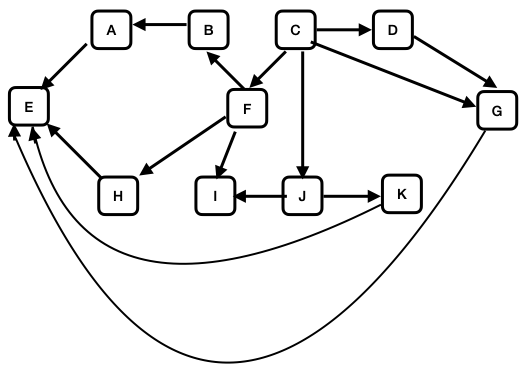Finding the kth largest item: The partition
method may be used to find the kth smallest element in
an array, by narrowing the range to be examined within the
overall array. For example, suppose that partition
returns index middle as the location of the final
location for the pivot. Basic processing involves three
cases:
-
If middle is k-1, that is, if middle is
the kth element in the array, then the element at that
position is the kth smallest.
-
If middle < k-1, then one should look for
the k largest element in the subarray to the left of the
index middle.
-
If middle > k-1, then one should look for
the k largest element in the subarray to the right of the
index middle.
Write a procedure select to find the kth
largest element in any array. select should use
procedure partition and the above notes the above
algorithm to guide its processing. Your lab write up should
include the code for select, the enclosing program
used for testing, and the test runs used for checking
correctness.
Note: For an array of size n, setting k to n/2
enables select to find the median value.
